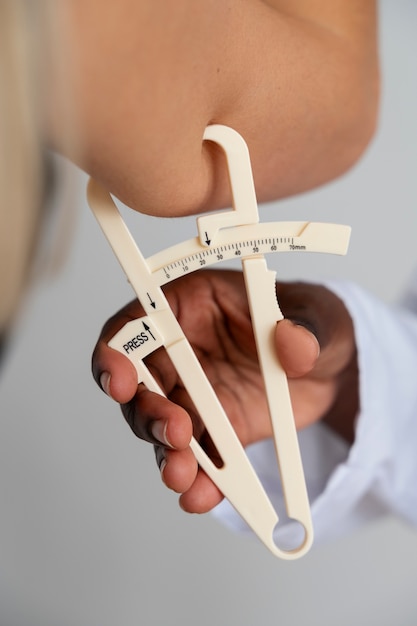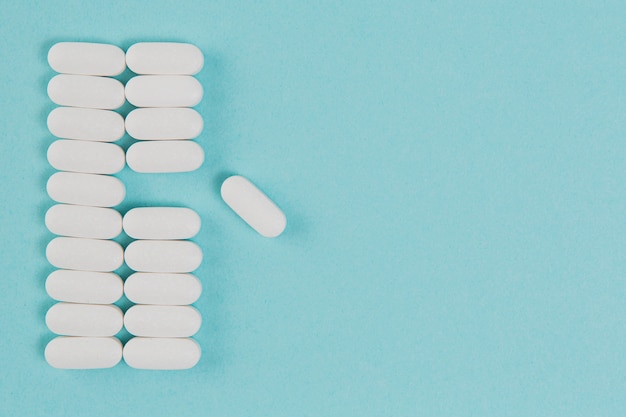
“Every 12 hours” means you take a medication with a 12-hour break in between. Say you have a dose at 8:00 AM; the next one should be at 8:00 PM. This usually means you’re taking the medication twice a day. This schedule can help keep a steady amount of medication in your bloodstream, which is especially important for managing chronic conditions like high blood pressure or diabetes. If the medication levels drop, these conditions might not be controlled properly. Some drugs also need this timing to avoid side effects, like antibiotics, which should be taken every 12 hours to prevent bacteria from becoming resistant.
Checking your medication label is the best way to know if you need to take it every 12 hours. It will have instructions on how often and when to take it. If you’re unsure, ask your doctor or pharmacist. Certain medications, particularly antibiotics, require a 12-hour schedule to work effectively. Conditions like high blood pressure or diabetes often need medication at regular intervals. You might also need to follow this schedule if you have trouble remembering doses.
Possible side effects of medication every 12 hours include dizziness, drowsiness, nausea, headaches, upset stomach, constipation, diarrhea, and skin rash. Speak with your doctor if you experience these. Risks can also include side effects arising more often, potential drug interactions, and overdose if medication is not taken as directed.
To stick to your medication plan, consider setting alarms or reminders on your phone, using a reminder app, or asking someone to prompt you. Keep a written schedule of medication details in a visible place, like on your calendar. Try to take your medication at the same time daily to build a routine. If you miss a dose, take it when you remember unless it’s nearly time for your next dose—then just take the next one at its usual time. Consult your doctor or pharmacist if you’re having trouble remembering.
Common mistakes people make when taking medication every 12 hours include forgetting doses, taking it at the wrong time which can cause imbalances, not taking the correct dosage, skipping necessary food intake with medication, or not storing medication safely away from children or pets. To prevent these errors, follow the dosage as prescribed, maintain the timing routine daily, and store the medication securely.









